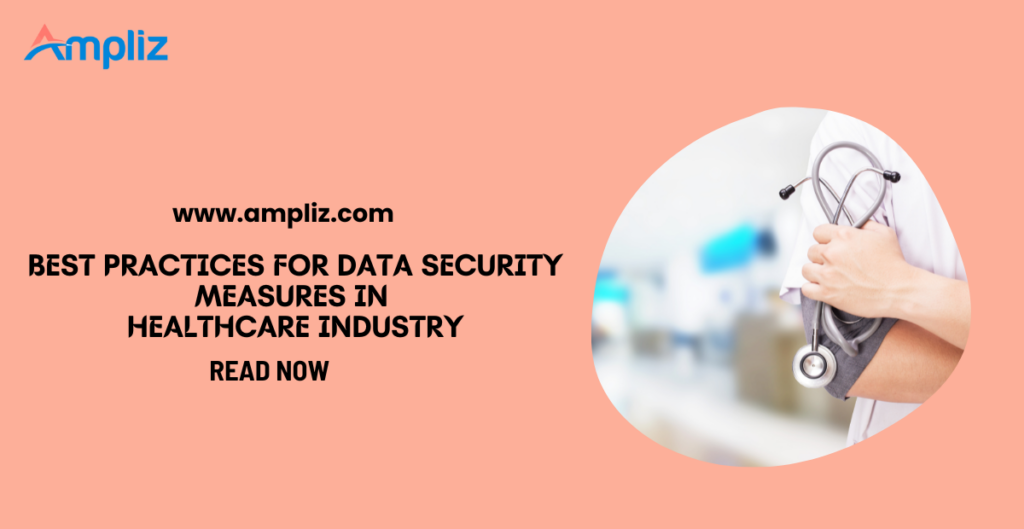The healthcare industry has long been the most expensive sector for managing and recovering from data breaches. According to a recent report by IBM and the Ponemon Institute, it has held this costly distinction since 2011. In 2023, the average healthcare data breach cost a staggering $9.8 million, far exceeding that of any other industry.
This high cost comes as no surprise, given the sensitive nature of healthcare data. Medical records, billing details, and personal information are prime targets for cybercriminals. Protecting this information is not just a matter of compliance but also of trust and patient safety.
Keeping this in mind, we’ll explore key strategies that healthcare providers can implement to enhance data security and reduce the risk of breaches, safeguarding their patients and their organizations. Let’s begin!
Implement Strong Access Controls
One of the first steps in securing healthcare data is to limit who can access it. Strong access controls ensure that only authorized personnel can view or manipulate sensitive information. Multi-factor authentication (MFA) is a must. It adds an extra layer of security by requiring users to provide two or more verification methods before accessing data.
Another way to improve access control is by adopting a least privilege policy. This means users only have access to the specific data they need for their roles. For example, an administrator might have access to patient records, but a billing specialist should only access billing information. By restricting unnecessary access, healthcare providers can significantly reduce the risk of insider threats.
Regular audits of access logs are also essential. These audits can help organizations detect unusual activity and quickly respond to any unauthorized access attempts. Strong access controls create a first line of defense against potential breaches.
Use Residential Proxies for Secure Online Operations
When securing online operations, residential proxies can play an essential role in protecting healthcare data. A residential proxy is unique because it uses real IP addresses assigned to actual residential devices provided by real Internet Service Providers (ISPs). This makes them harder to detect or block compared to data center proxies, which often appear artificial to websites.
By routing internet traffic through these real IPs, residential proxies offer enhanced privacy and security, making it difficult for cybercriminals to track or target online activities. In healthcare, they can help secure remote access to medical systems, protect patient communications, and ensure compliance with data privacy regulations.
This added layer of security is especially beneficial for remote workers handling sensitive healthcare data.
Encrypt Data at Every Step
Data flows between various systems in the healthcare industry, from patient registration platforms to insurance processing systems. Encrypting data ensures that even if cybercriminals intercept this information, they can’t read it without the decryption key.
As a matter of fact, healthcare providers should encrypt data at every stage—whether it’s being stored on servers or transmitted between devices. This includes data at rest (stored on a system) and in transit (moving between systems or locations). Implementing end-to-end encryption ensures that patient data is protected from the moment it’s created until it reaches its final destination.
In addition to encryption, it’s crucial to use strong, unique passwords and to change them regularly. Using password management systems can help healthcare professionals securely store and manage their passwords, further enhancing data security.
Tip: Even the most secure systems can be compromised if employees aren’t aware of proper security protocols. So, ensure that your staff members understand data security best practices.
Conduct Regular Vulnerability Assessments
Last but not least, healthcare organizations must regularly assess their systems for vulnerabilities to stay ahead of cyber threats. Vulnerability assessments identify weak points in software, hardware, and network systems that hackers could exploit.
In fact, it’s important to run automated vulnerability scans on a routine basis. These scans can reveal outdated software, misconfigured systems, and other security gaps that may go unnoticed. In addition to automated scans, cybersecurity experts should conduct manual penetration testing. This form of testing mimics real-world hacking attempts to expose vulnerabilities that automated scans may miss.
Once vulnerabilities are identified, healthcare providers could work with cybersecurity experts to prioritize fixing them. Patching systems and updating software as soon as updates are available can prevent known vulnerabilities from being exploited. Staying proactive with vulnerability assessments reduces the risk of data breaches and helps protect sensitive patient information.
To Sum It All Up
Securing data in the healthcare industry is more critical than ever. By implementing strong access controls, encrypting data, using residential proxies, and conducting regular vulnerability assessments, healthcare providers can protect sensitive information from cyber threats. These strategies not only ensure compliance with regulations but also build trust with patients by safeguarding their personal data.




